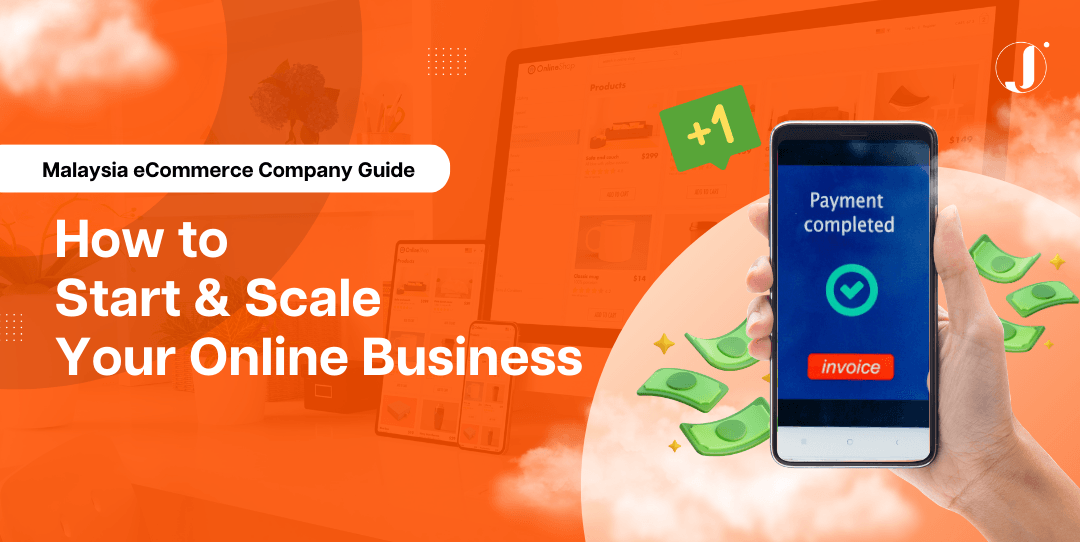What is a Malaysia eCommerce Company?
A Malaysia eCommerce company is any business registered in Malaysia that sells products or services online through websites, marketplaces, or social media platforms. It can be B2C, B2B, marketplace-based, or D2C, depending on the model.
- A Malaysia eCommerce company is a registered Malaysian business that sells goods or services online.
- Includes B2C, B2B, D2C, and marketplace sellers.
- If your company earns revenue from online sales in Malaysia → it qualifies as an eCommerce company.
👉 Fact: Malaysia’s eCommerce GDP contribution is projected to reach RM1.65 trillion by 2025 (Ministry Of Communications, Malaysia).
If you’ve ever thought about starting a Malaysia eCommerce company, there has never been a better time than right now.

Seriously, look around you.
From the Grab rider delivering bubble tea in under 20 minutes,
to your aunty buying durian through Shopee,
to students selling thrifted clothes on Instagram…
E-commerce is no longer a trend. It’s a way of life.
Why Malaysia is an eCommerce Hotspot
Malaysia is now the third fastest-growing country for eCommerce sales in 2024.
With more people shopping online than ever, the market is set to hit a massive USD 25 billion GMV by 2030 (Statista).
- Mobile-first nation: 82% of eCommerce transactions happen via smartphones (Statista). That means your online business is literally sitting in someone’s pocket, buzzing with notifications. So the opportunity? Massive.
- Consumer spend: Malaysians spent over RM707.9 billion on eCommerce in 2024. Divided by a population of 34 million, that’s RM20,820 per person annually, about RM1,735 per month or RM57.83 per day (Bank Muamalat Malaysia Berhad).
- Government initiatives:
– National E-commerce Strategic Roadmap (NESR): Launched in 2021 to strengthen digital infrastructure and boost nationwide eCommerce adoption (MDEC).
– eTRADE 2.0 by MATRADE: Provides SMEs with grants, training, and digital marketing support to expand into cross-border eCommerce markets. - Smarter payments, easier checkouts: With digital wallets like ShopeePay and GrabPay, paying online is no longer a hassle. By 2030, Malaysia’s digital commerce value is expected to exceed USD 160 million, showing how fast the payment ecosystem is growing (Statista).

Simply throwing up a website or listing on Shopee doesn’t guarantee success.
Every day, new stores are launched.
Every day, some close down quietly.
The difference between those who make it and those who don’t comes down to strategy, execution, and truly understanding what Malaysian consumers want.
That’s why this guide exists.
I’m not just here to throw you generic “start an online store” tips.
I’m here to walk you through the exact roadmap I’ve seen successful Malaysian eCommerce companies use, from deciding your business model, to setting up the right systems, to scaling beyond Malaysia.
By the end of this, you’ll not only know how to start, but also how to sustain and grow an eCommerce business that thrives in Malaysia’s competitive digital space.
Step-by-Step: How to Start a Malaysia eCommerce Company
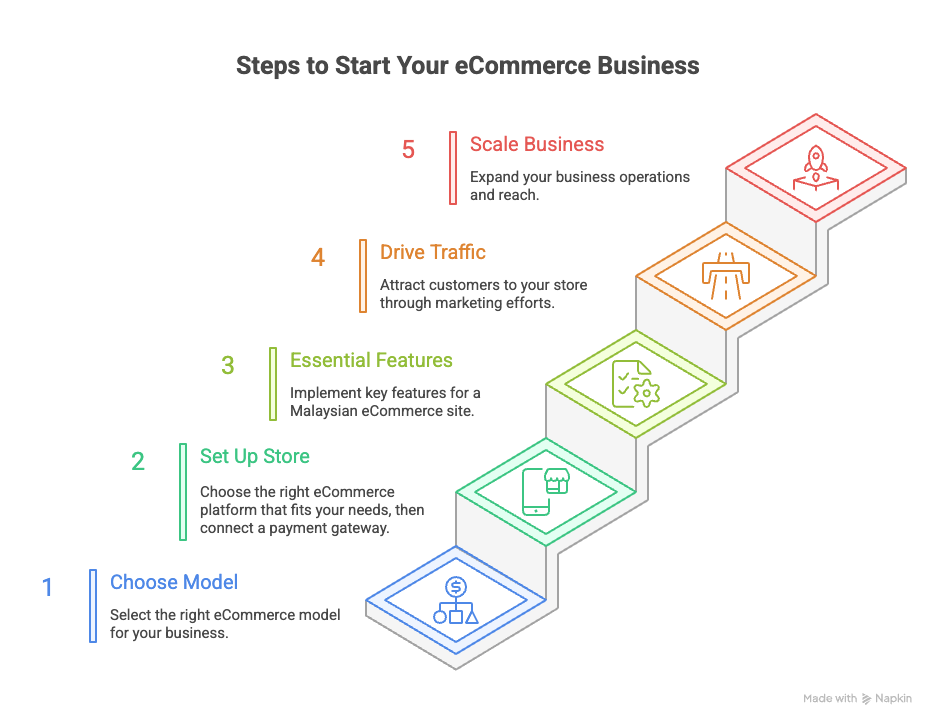
Step 1: Choose Your eCommerce Model
Options:
- B2C: Direct-to-consumer sales (clothing, F&B, lifestyle).
- B2B: Bulk supply to organizations (higher order values).
- Marketplace: Shopee, Lazada, TikTok Shop (low entry, high competition).
- D2C: Own website with brand control.
Starting a Malaysia eCommerce company is a lot like building a house. Before you even pick up the hammer, you need to decide:
- What type of house are you building?
- Who is going to live in it?
- How will it grow in the future?
Your business model is that foundation.
Without a clear one, you’ll end up with a store that looks nice but doesn’t fit your market, doesn’t attract the right customers, and eventually… collapses under its own weight.
| eCommerce Model | Who It’s For | Key Benefits | Considerations |
| B2C (Business-to-Consumer) | Selling directly to everyday shoppers | High volume potential, impulse purchases, mobile-first audience | Competitive market, requires strong branding & marketing |
| B2B (Business-to-Business) | Selling in bulk to companies or organizations | Higher transaction value, predictable repeat orders | Slower sales cycle, less glamorous for social media marketing |
| Marketplace Selling | Selling on Shopee, Lazada, TikTok Shop | Instant traffic, low startup cost, easy product validation | High competition, platform fees, limited branding |
| D2C (Direct-to-Consumer) | Selling via your own website | Full brand control, higher margins, owns customer data | Requires marketing effort, website management, trust-building |
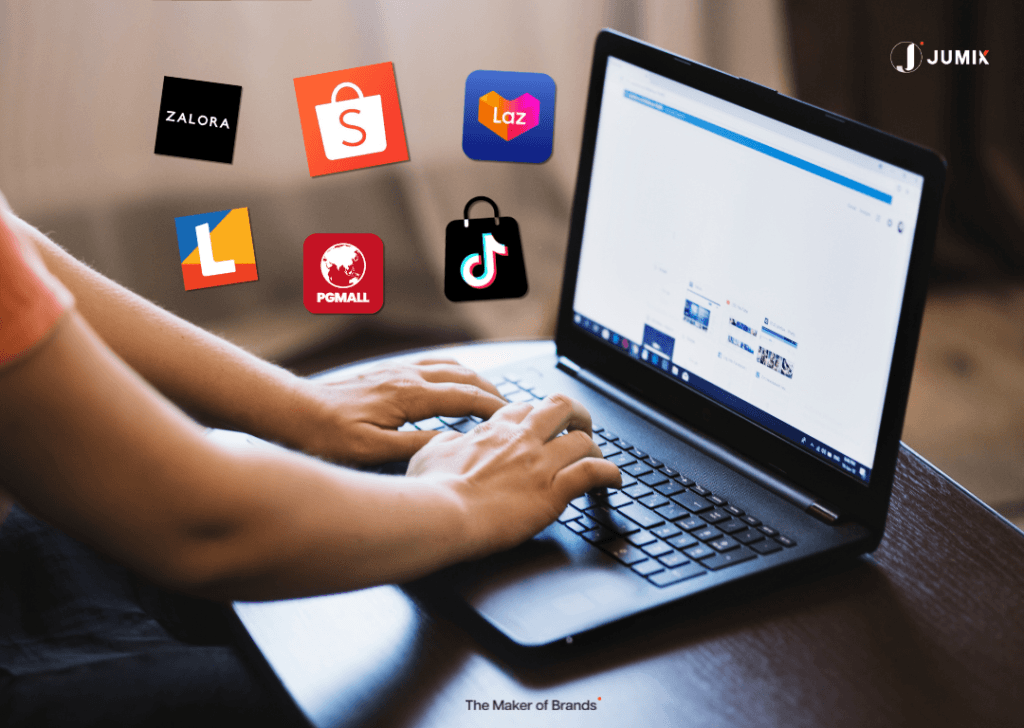
Step 2: Build Your Online Store
- Pick the right platforms: Shopify (global), WooCommerce (customizable), EasyStore, SiteGiant & Webshaper (Malaysia-focused).
- Payment Gateways:
- FPX – Online banking is still Malaysia’s No.1 e-payment method, and it’s growing fast (Bank Negara Malaysia, 2024).
- GrabPay – Malaysia’s second most popular eWallet, has 17M+ users and is set to reach 28M by 2025 (Statista).
- Touch ’n Go eWallet – It serves 24M+ Malaysians, that’s 85% of adults. With 2M merchant touchpoints and RM16B in monthly transactions, every scan and tap goes beyond payment, it powers daily life (Touch ‘n Go, Malaysia).
- Credit/Debit Cards – Essential if you’re targeting international customers.
- Buy Now, Pay Later (BNPL) – Services like Atome and Riipay make it easier for customers to commit to bigger purchases.
- Logistics: J&T, Ninja Van, Pos Laju, DHL eCommerce.
This is where your products live, and where your brand personality shines. In Malaysia, customers expect fast, mobile-friendly, and trustworthy shopping experiences.
| Platform | Best For | Pros | Cost (RM) | Notes |
| Shopify | All types (B2C, D2C) | Easy setup, mobile-friendly, integrates with local payments & logistics | 80 – 9,688/month | Ideal for brands that want professional design + global scalability |
| WooCommerce | Custom sites, WordPress users | Fully flexible, lots of plugins, full control | Free, but need hosting and setup costs. | Requires technical skills; perfect for custom features |
| EasyStore | Malaysian SMEs | Local payment gateways pre-integrated, easy to start | 199 – 699/month | Great for businesses testing online sales |
| SiteGiant | Multi-channel selling | Sell on Shopee, Lazada, own website simultaneously | 125 – 641/month | Good for scaling across platforms |
| Webshaper | Budget-conscious startups | Affordable, simple to manage | 1,188 – 3,588/year | Best for small businesses or first-time online sellers |
So, Which Model Should You Choose?
There’s no one-size-fits-all answer.
- If you want to validate a product → Start with Marketplace.
- If you want brand control & higher margins → Go D2C.
- If you want volume & big clients → Build B2B.
If you want fast-moving consumer sales → Stick with B2C.
But the smartest Malaysia eCommerce companies?
They mix models:
- Start marketplace → Build traffic.
- Shift to D2C → Strengthen brand.
- Add B2B line → Lock in long-term contracts.
That’s how you scale without depending too heavily on one channel.
Step 3: Optimize Your Site for Malaysia
- Mobile responsiveness – fast load times, large buttons, seamless checkout.
- Multi-language support – English + BM are musts, Mandarin adds extra reach.
- Trust signals – SSL, secure payment badges, guest checkout options.
- Free shipping thresholds – whether it’s sitewide or thresholds like RM150+, this is crucial. In fact, 66.4% of Malaysians say free delivery is their No.1 reason for buying online (Statista).
Your eCommerce website isn’t just an online brochure. It’s your best salesperson that works 24/7.
And just like a real salesperson, if they fumble, act blur-blur, or don’t inspire trust… your customers will walk away without buying.
So what exactly does your Malaysia eCommerce company need on the website to survive (and thrive)?
1. Mobile Responsiveness
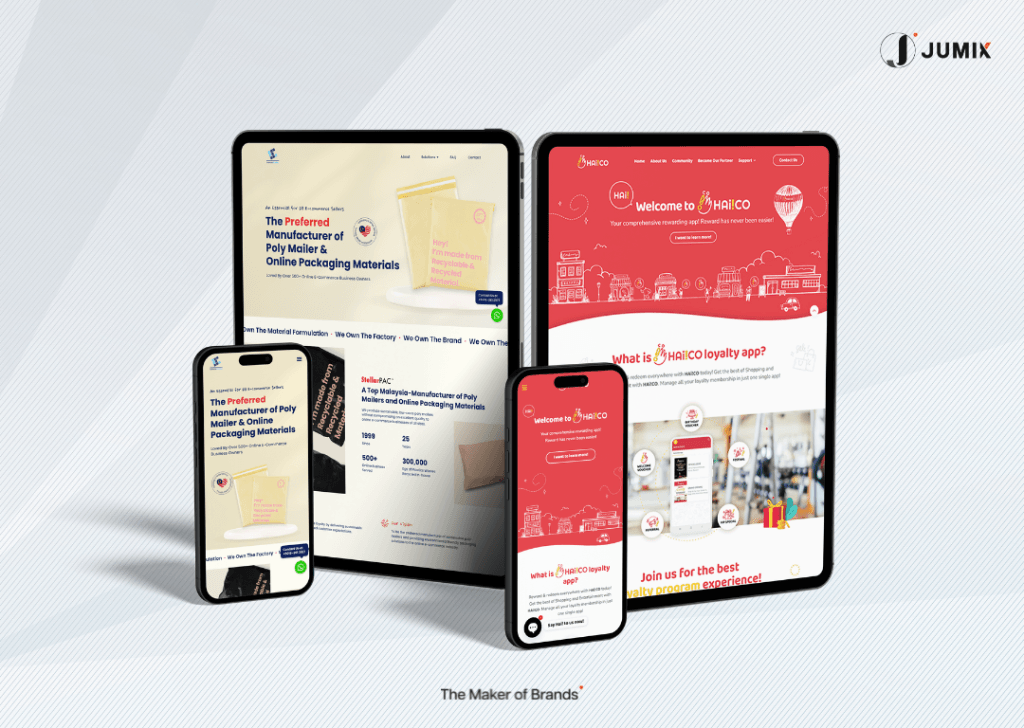
When was the last time you bought something online using a laptop?
Most Malaysians buy on their phone, while waiting for food, sitting in the LRT, or even lying on bed.
If your site isn’t mobile-friendly, you’re literally burning money.
👉 Buttons too small? Customers will leave in frustration.
👉 Page loads too slowly? They’ll head back to Shopee or Lazada.
👉 Checkout feels complicated? You’ve just lost the sale.
A mobile-first design is no longer optional, it’s survival.
2. Multi-Language Support
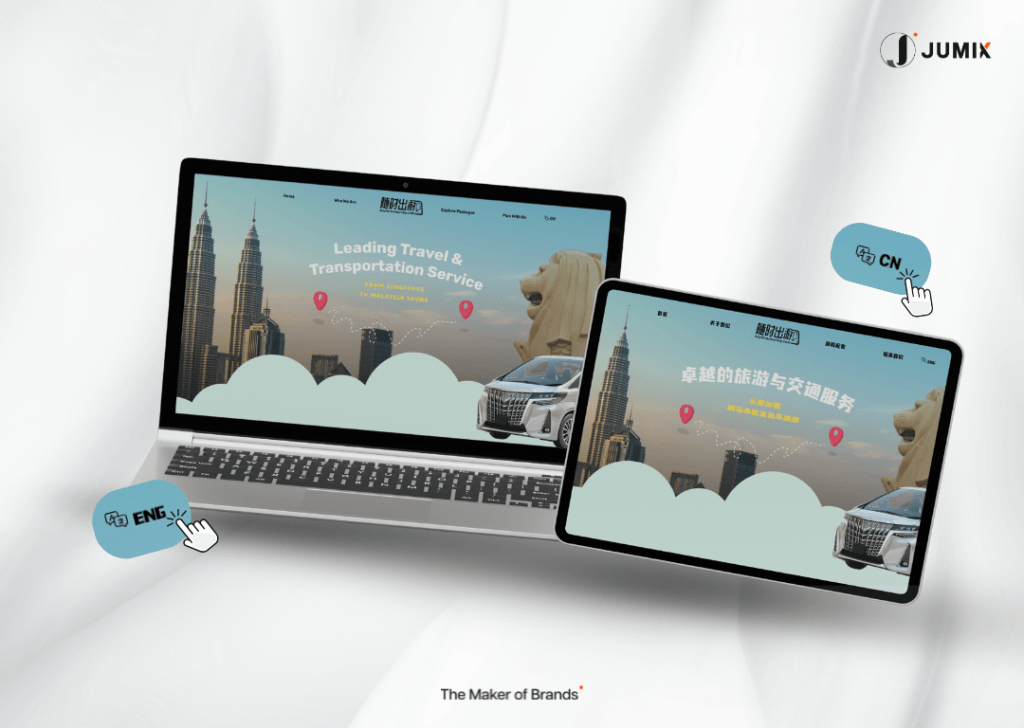
Malaysia is a multilingual country, and trust is often built through language. A website that speaks directly to your customer makes them more confident to purchase.
Some customers read English, some prefer Bahasa Melayu (BM).
If your website only speaks one language, you’re leaving money on the table.
At least cover English + BM, and if your market has more Chinese-speaking buyers, throw in Chinese too.
Sometimes, just translating your product descriptions can boost conversions by 30-40%. That’s huge.
3. Secure Checkout & Trust Badges
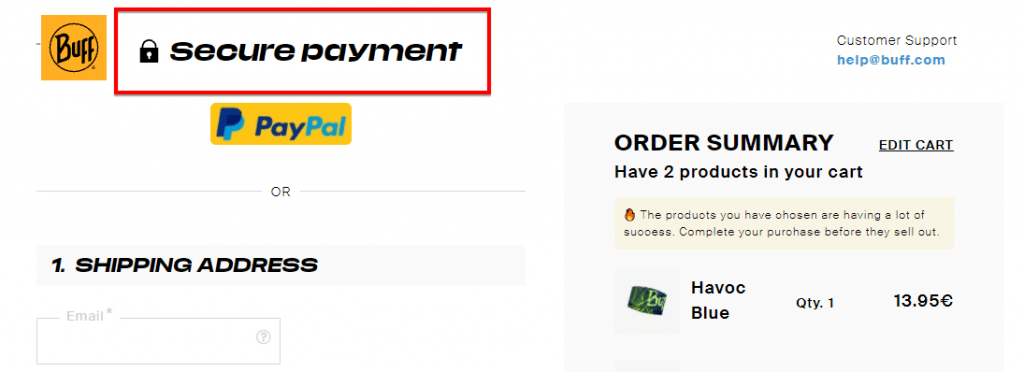
Imagine this: your customer already added to cart, ready to checkout.
But suddenly, they see a sketchy payment page that looks like a 2008 design.
You think they dare to key in their card details? Confirm not.
Malaysian shoppers are very cautious, one red flag, and they run.
That’s why you need:
✅ Ensure your website has SSL certification (https://).
✅ Display payment logos (Visa, MasterCard, FPX, GrabPay).
✅ Keep your checkout design clean and professional.
✅ Provide a guest checkout option for faster purchases.
The clearer and more secure your payment process looks, the more confident customers will feel entering their details.
4. Logistics & Shipping Integration

In Malaysia, delivery speed and reliability often determine whether a customer will buy from you or not.
So if you want to compete, integrate with reliable couriers like J&T, Ninja Van, Pos Laju, DHL eCommerce.
Offer tracking numbers, estimated delivery times, and if you can, same-day delivery for Klang Valley.
And the free shipping threshold (like “Free shipping above RM150”) works like magic to increase the average order value.
💡 Pro tip: First-time purchases are important, but repeat customers are where long-term profits come from. The smoother and safer your site feels, the more likely customers will return.
Step 4: Drive Traffic
- SEO: Target local terms (“beli online Malaysia”, “delivery KL”).
- SEM: Google Ads for high-intent keywords.
- Social Ads: TikTok, IG, FB → 3+ hours average daily Malaysian usage.
- Marketplaces: Shopee 11.11 & Lazada 12.12 mega campaigns.
- Omnichannel: SEO + Ads + Marketplaces + WhatsApp/Email = sustainable traffic.
Building your online store is only the first milestone.
The real challenge for every Malaysian eCommerce company is getting consistent, qualified traffic.
Without visitors, even the best-designed store will remain invisible.
Here are the most effective strategies that successful eCommerce businesses in Malaysia use to attract and convert customers:
1. Search Engine Optimization (SEO)
SEO is the foundation of sustainable traffic. By optimizing your site, you’re ensuring that customers can actually find you when they search on Google.
- Target Malaysian-specific keywords such as “beli online Malaysia”, “delivery KL”, or product-based terms in both English and Bahasa Malaysia.
- Create local content — blog posts, buying guides, FAQs that answer what Malaysians are searching for.
- Optimize for “near me” searches if you also run a physical store.
SEO compounds over time. Unlike ads, the traffic doesn’t stop when your budget runs out.
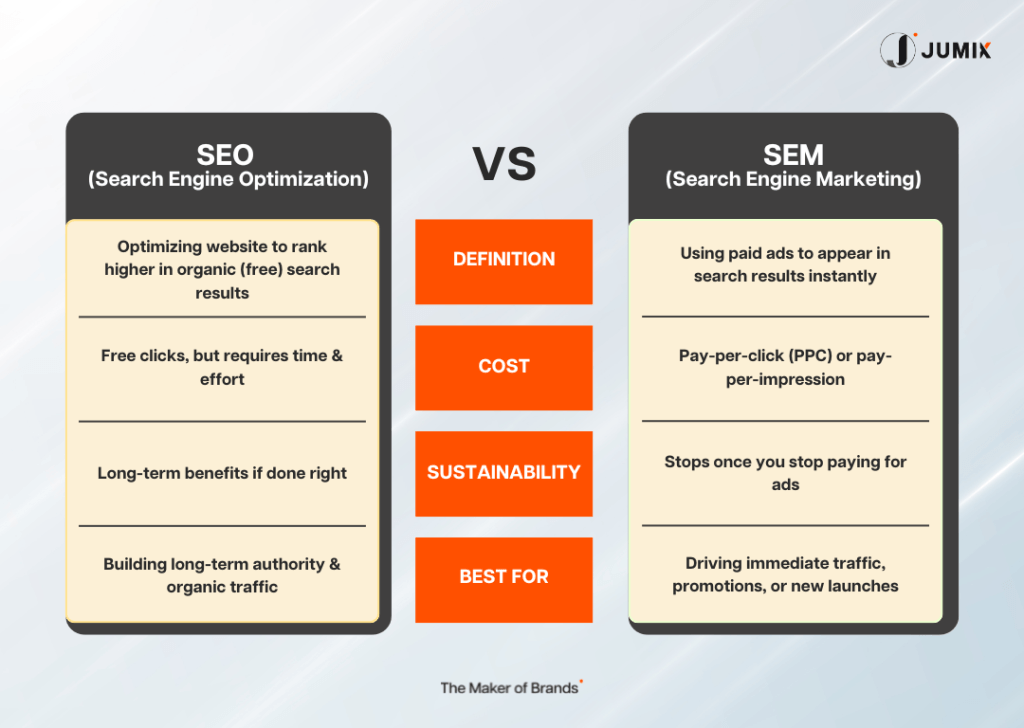
2. Search Engine Marketing (SEM)
While SEO builds your long-term foundation, SEM (Google Ads) brings immediate results.
- Start with exact match keywords for high-intent searches.
- Allocate an initial budget of RM50–200 daily depending on your niche.
- Use retargeting campaigns to bring back visitors who didn’t purchase on their first visit.
💡 Pro tip: Many Malaysia eCommerce companies use SEO and SEM together. SEO for organic visibility, SEM for fast sales.
3. Social Media Advertising
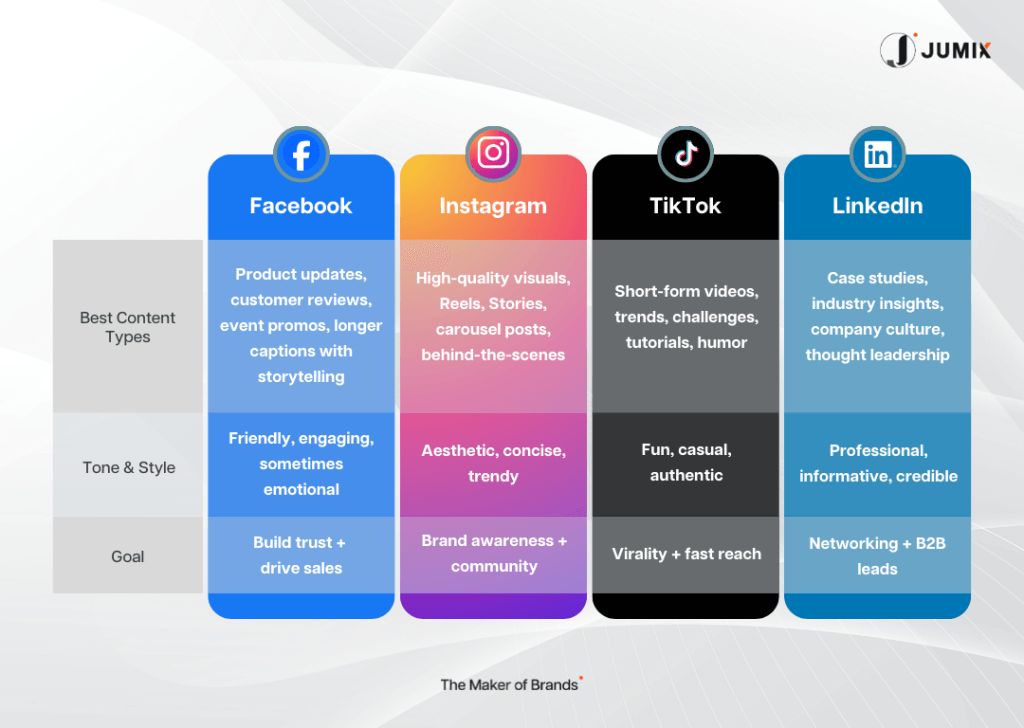
Malaysia ranks among the world’s top countries for social media penetration, with users spending over 3 hours daily on platforms like TikTok, IG, and FB (Statista). Leverage this attention with paid campaigns:
- Facebook & Instagram: Best for visual storytelling and wide reach. Great for lifestyle, fashion, F&B, and home products.
- TikTok: Explosive growth in Malaysia, especially among Gen Z and younger millennials. Works well with creative short videos and trends.
- LinkedIn: Highly effective if your Malaysia eCommerce company operates in the B2B sector.
💡 Pro tip: Don’t just run ads, create native content that entertains, educates, or inspires. Ads that feel like content get higher engagement and lower costs.
4. Marketplace Promotions
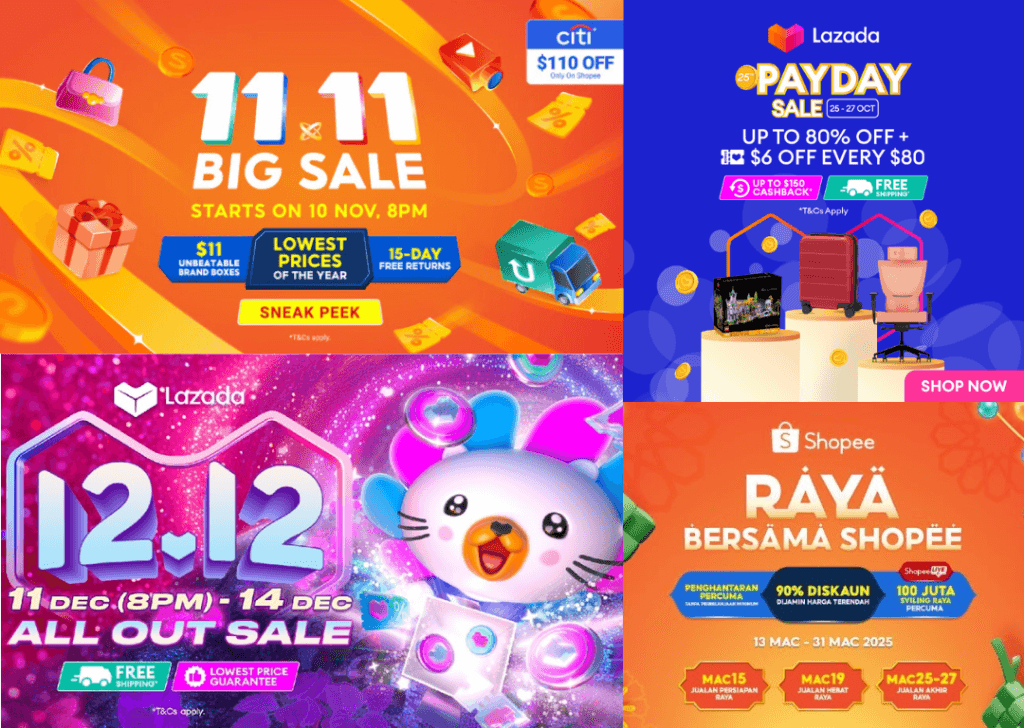
Even if you’re building your own store, marketplaces like Shopee, Lazada, and Zalora remain powerful traffic sources.
- Participate in mega campaigns (11.11, 12.12, Raya sales).
- Use platform advertising tools (Shopee Ads, Lazada Sponsored Products).
- Leverage marketplace vouchers, bundle deals, and flash sales to increase visibility.
Shopee 11.11 & Lazada 12.12 mega campaigns are huge drivers of sales, especially since 54.8% of Malaysians shop online for coupons and discounts (Statista).
5. Omnichannel Marketing
The strongest Malaysia eCommerce companies don’t rely on one channel. They create a system where traffic flows from multiple sources:
- SEO + SEM for search visibility.
- Social media ads for awareness.
- Marketplaces for volume.
- Email and WhatsApp marketing for retention.
This way, if one channel slows down, others continue to keep your business growing.
Step 5: Scale Your Business
- Automation: Email flows, inventory systems, chatbots.
- CRM: Segment and personalize offers (Tools like HubSpot, OutPerform).
- Analytics: Track Customer Acquisition Cost (CAC), Average Order Value (AOV), repeat purchases.
- Cross-border: Expand into Singapore & Indonesia via marketplace.
Once you’re making consistent sales, it’s time to think bigger.
Scaling isn’t just about selling more, it’s about building systems that can handle growth without breaking.
1. Automation is Your Best Friend

The more you grow, the harder it becomes to manage everything manually. Automation helps you save time, reduce mistakes, and keep things running smoothly.
- Email marketing flows for abandoned carts, win-backs, and upsells
- Inventory management tools to prevent stockouts and over-ordering
- Customer service chatbots for FAQs and order updates
- Social media schedulers to maintain a consistent online presence
Free up your time to focus on strategy, not repetitive tasks.
2. Customer Relationship Management (CRM)
Understanding your customers is the secret to repeat sales. A good CRM system lets you:
- Track customer lifetime value and purchase patterns
- Segment your customers for personalized offers
- Identify your most profitable customers
Tools like HubSpot, or local options like OutPerform, can boost repeat purchases by 25–30%.
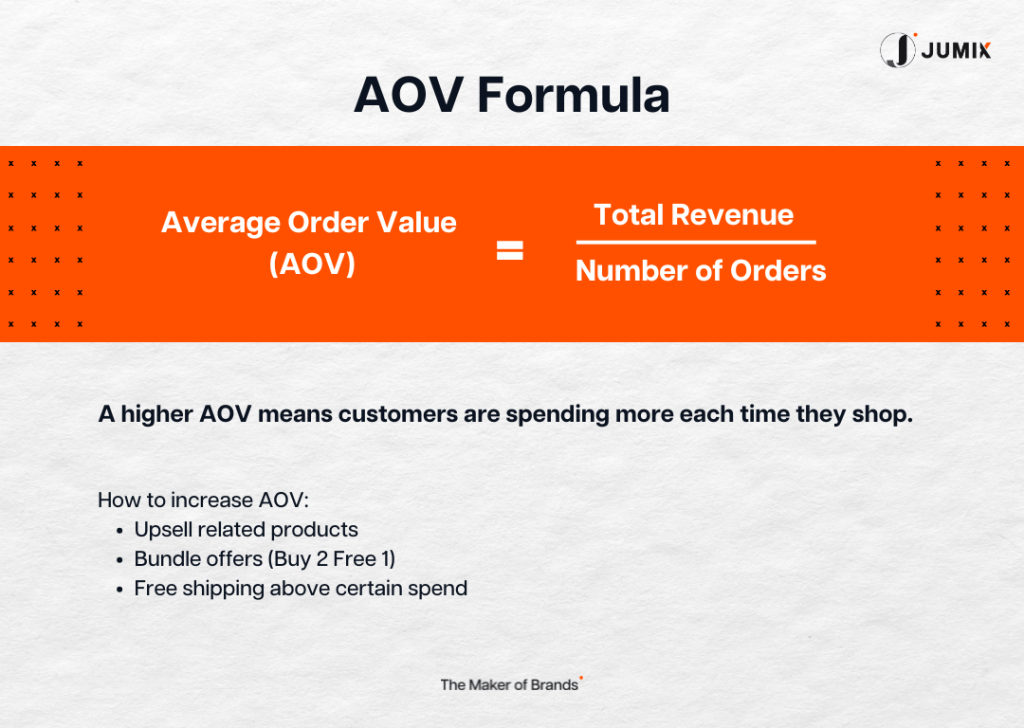
3. Analytics That Actually Matter
Don’t just celebrate traffic spikes, track the metrics that drive growth:
- Conversion rates by traffic source → which channel is paying off
- Average order value (AOV) → are customers buying more per checkout
- Customer acquisition cost (CAC) → how much it costs to win a new customer
- Return customer percentage → are they coming back or one-time only
Numbers don’t lie. They’ll show you exactly where to optimize.
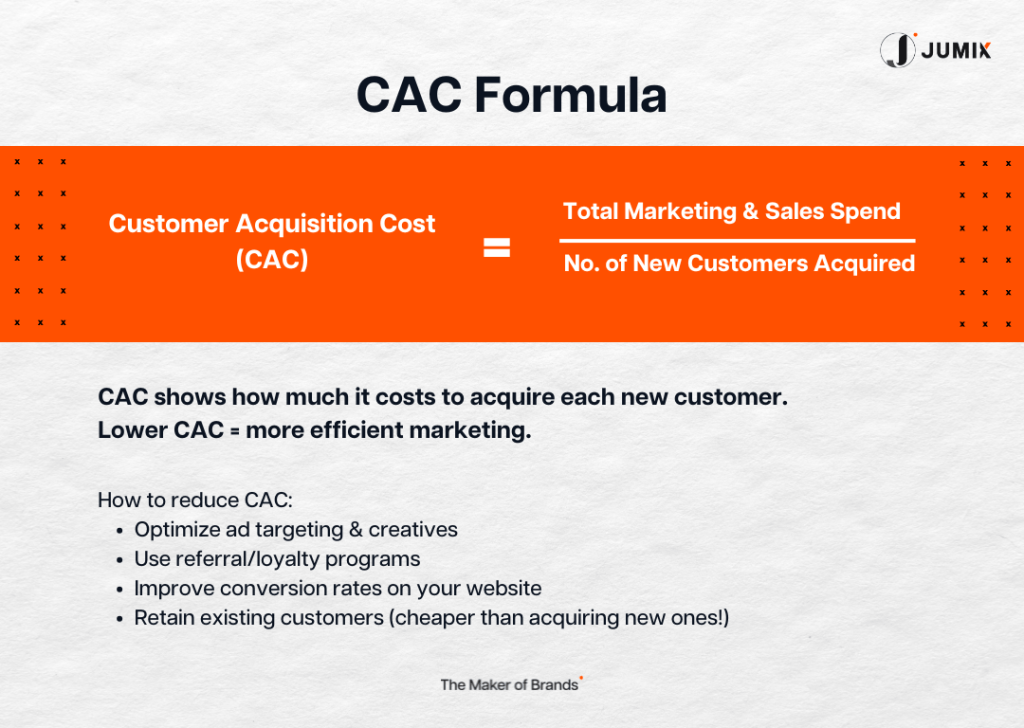
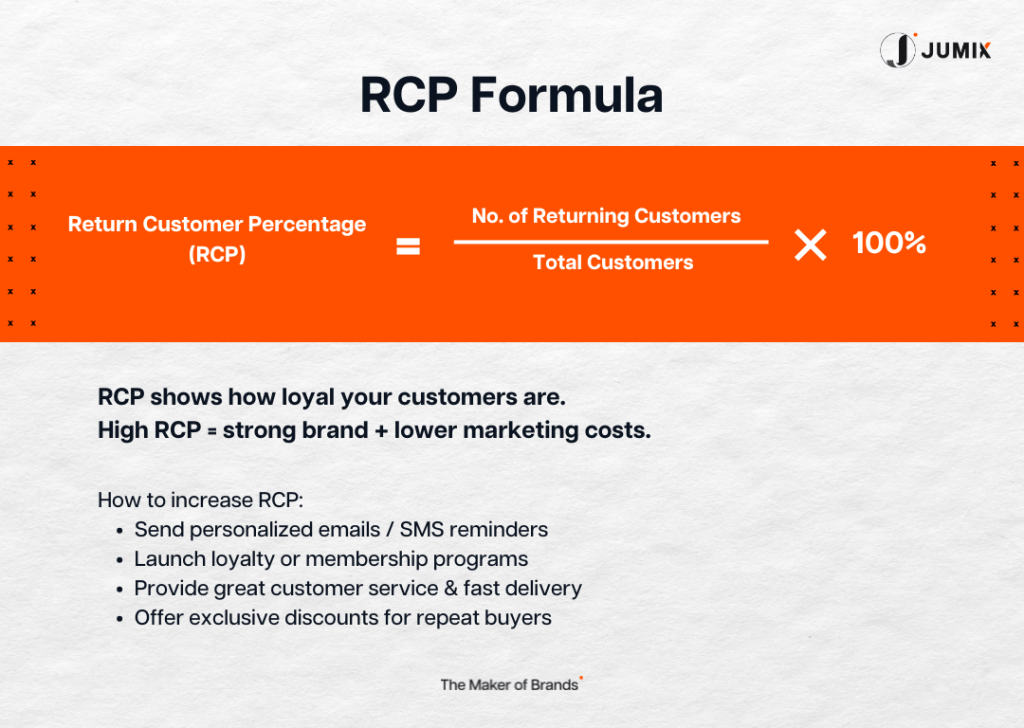
4. Cross-Border Expansion
Once your local operations are stable, it’s time to look beyond Malaysia.
- Singapore & Indonesia are natural next steps due to cultural similarities and strong logistics networks.
- Use marketplaces or partnerships to test new regions before fully committing.
Scaling isn’t just “selling more.” It’s about making sure your business can grow steadily without collapsing under the weight of its own success.
Real Example: SME Growth Path
- Month 1–3: Launch Shopify, invest RM5k in photos + SEO.
- Month 4–6: Social ads + BM translations → +35% conversions.
- Month 7–12: Add Shopee & Lazada → RM45k monthly revenue.
- Year 2: Cross-border expansion → RM750k revenue.
Partner with Experts Who Understand Malaysian eCommerce
Building a successful Malaysia eCommerce company isn’t about luck. It’s about:
✔ The right technical foundation
✔ Smart, localized marketing
✔ A team that knows what features actually make Malaysians click “Add to Cart”
Before choosing a web development partner, you need to know what really matters.
That’s why we created this guide, to help you make the right decision with confidence.
And when you’re ready to take the next step, that’s where Jumix comes in.
We’ve helped over 600 local businesses transform from traditional shops into strong, profitable online brands.

We know:
- Which platforms are worth your money
- Which payment methods Malaysians actually use
- How to design a website that turns visitors into repeat customers
Whether you’re starting from zero, fixing a site that isn’t performing, or planning to expand overseas, we’ll help you build a store that works, scales, and sells.
Ready to start your eCommerce journey?
Let’s build something amazing together. Get in touch now to get started.
FAQs
Q1: How much does it cost to start an eCommerce business in Malaysia?
- RM2,000–5,000 → Basic setup (Shopify, inventory, starter ads).
- RM10,000–25,000 → Professional setup (custom site + ongoing marketing).
- For more detailed pricing breakdown, check our guide on website design costs in Malaysia.
Q2: Which platform is best for Malaysian businesses?
- Shopify → Easy to use, supports local payments.
- WooCommerce → Flexible, great for customization.
- EasyStore → Local platform with pre-built Malaysian features.
Q3: Do I need to register with SSM?
- Yes. All businesses generating revenue must register.
Q4: How long to see profit?
- Break-even in 6–12 months.
- Profit around 12–18 months with retention strategies.
- Learn about 5 ways your website can boost profit margins.
Q5: What’s the biggest challenge for Malaysia eCommerce companies?
- Standing out – Competition and ad costs are high.
- The winners are those who:
– Deliver amazing customer experience
– Nail their marketing
– Find their unique edge early and double down - Check out our insights on how digital marketing helps grow your business.
Q6: Should I focus on my own website or marketplace selling first?
- Start with marketplaces for product validation and initial sales.
- Then build your own website for brand control and higher margins.
- Most successful companies use both channels simultaneously.
- Read more about marketplace vs self-hosted store comparison.
Sanz Teoh
Latest posts by Sanz Teoh (see all)
- Malaysia eCommerce Company Guide: How to Start and Scale Your Online Business (2026 Edition) - September 30, 2025
- What Is the Best Web Design Course in Malaysia to Launch Your Career in 2026? - September 8, 2025
- How to Protect Your Logo in Malaysia - July 31, 2025

